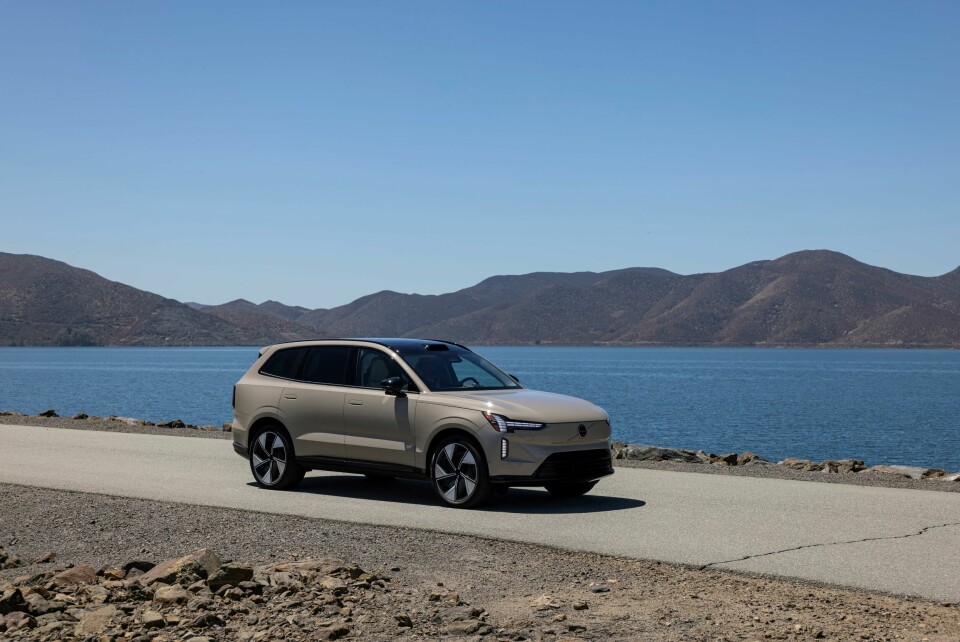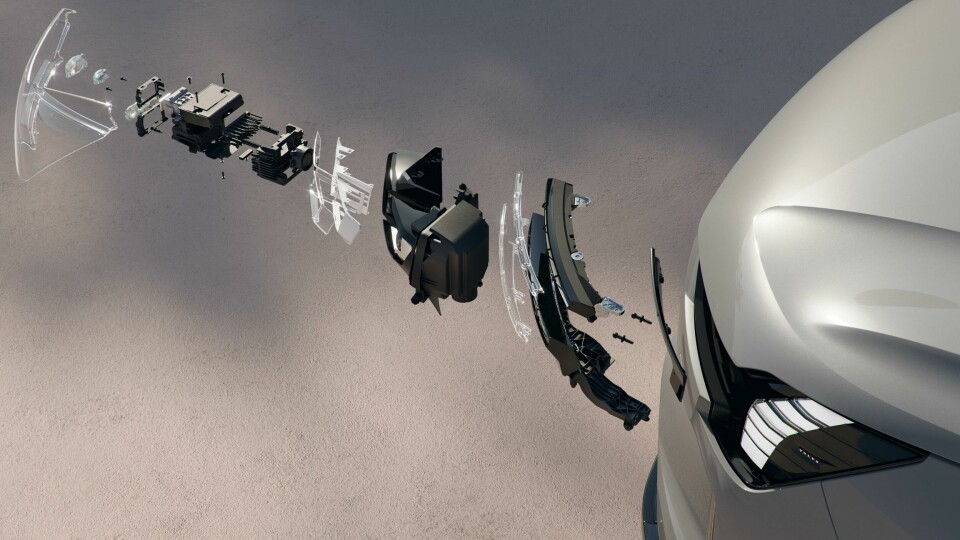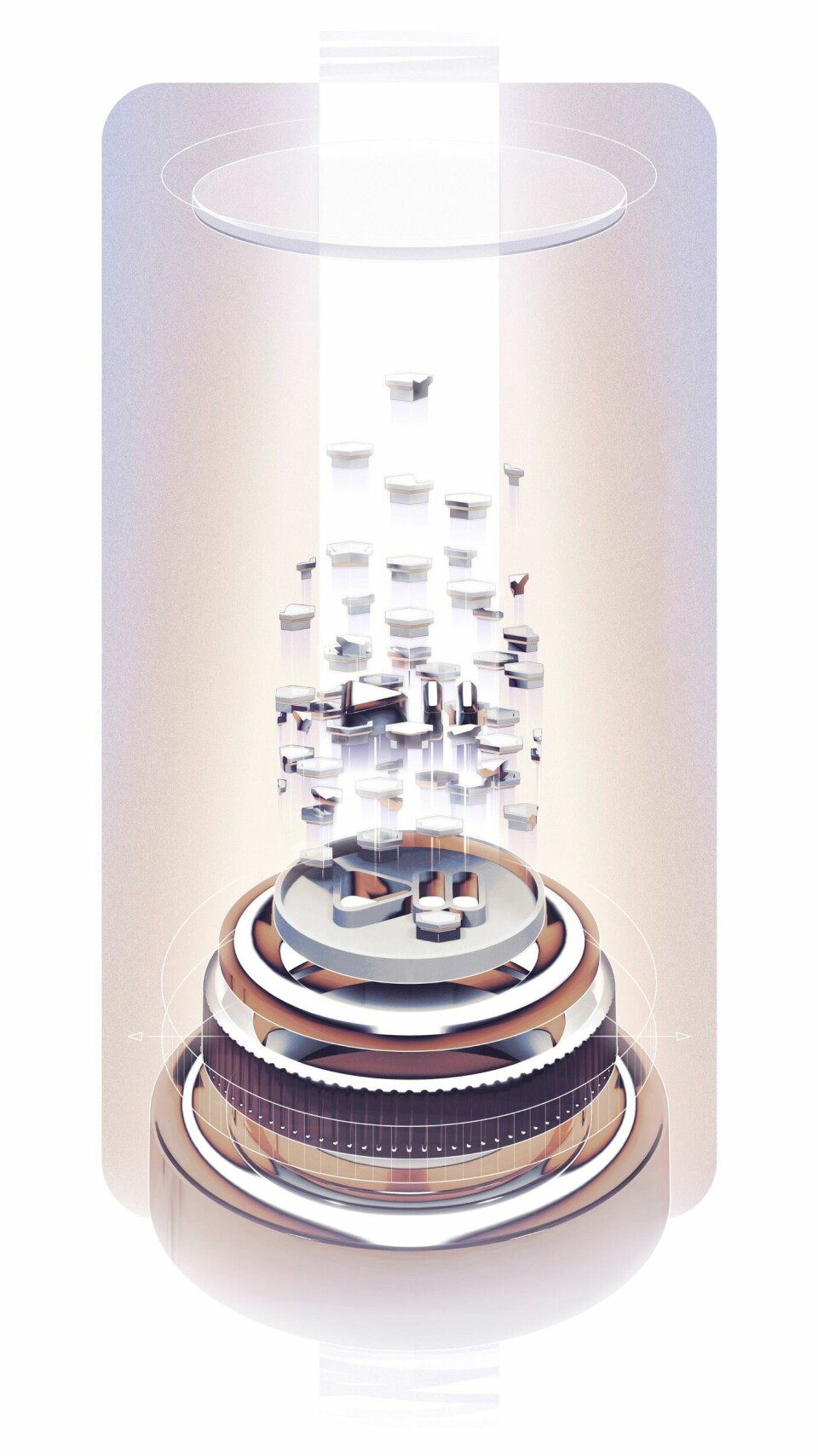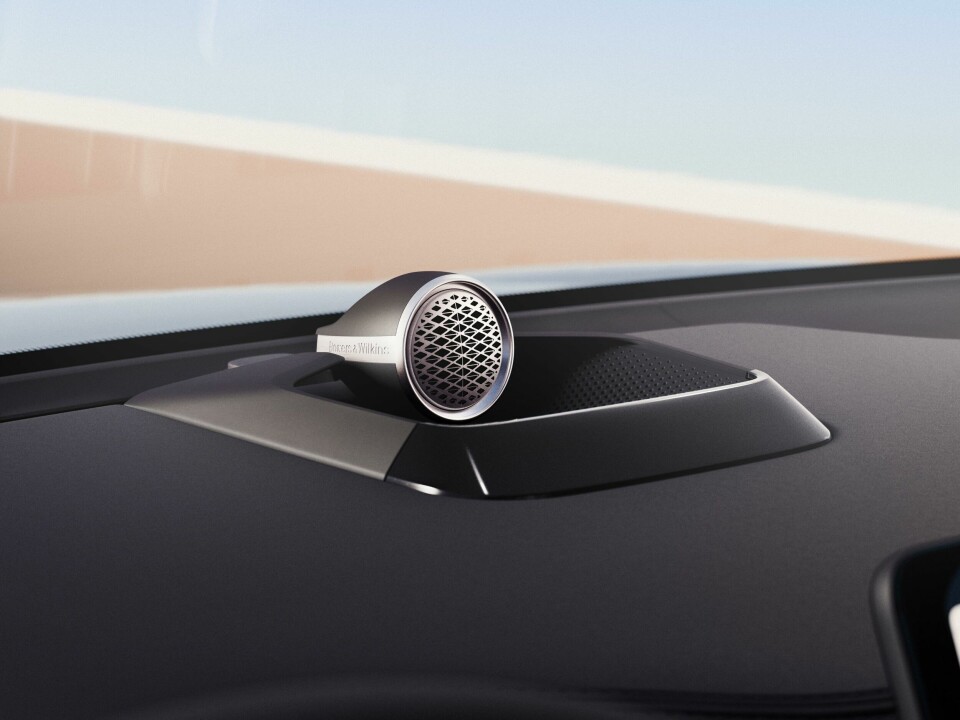
Annelie Karlsson: “It is my job to secure feasible design solutions for production”
Anneilie Karlsson, director of studio engineering at Volvo Design, on the key launch of the EX90 and the rise of the ’outdoor’ trend in design
I studied electrical and mechanical engineering and joined Volvo in 1997. Since then, I’ve worked in accessories, product management, marketing and pricing – I have a passion for leading projects. Now I’m Volvo Design’s director of studio engineering. Although the mechanics area is the same in leading different teams and constellations, the output in design is so visual and engaging.
The design department is a very creative environment. You have people from all over the world and this brings so many diverse influences and so much energy. You see the clay models taking shape and can stand by a car and ask the designer to explain why they have used a certain element and enjoy the creative dialogue.
You see the sketches at the very beginning, watch them evolve and then, eventually, you have the first car off the production line. It’s the ultimate ‘wow’ feeling.

We have a studio engineering team in interior, exterior and colour, materials and finish, and another team which builds early prototypes in UX development. These teams are the bridge between the designers’ vision and the exacting life of engineers. It is my job to secure feasible design solutions for production, and to support the team.
There are roughly 450 people in Volvo Design including the UX designers. My team is about 50 people and we work hard to find and explore feasible, cost-efficient and sustainable solutions for the designers.
How many projects do we have? If you have a new car that’s one project. But if you work on a new strategy for mirrors, that’s also a project, so defining the number of projects is hard. Put it like this: we have a lot to do!

We deal with all the coming programmes in both the early phase and the industrial phase, and we cover quality and strategic thinking too. We are cross-functional and global, working with our Chinese design studio.
This year’s key launch is the EX90. It’s our top-of-the-line car which showcases our Scandinavian design and materials and sustainability focus. Commercialising the EX30 is also important: that car is a hot topic of mine, I was its project leader before I took this role. We had a clear goal to make a small car without compromise, centralising the interior design around one big touchscreen, helping to eliminate parts which helps sustainability and roominess.
Another big trend is ‘outdoor’: there are so many roof tents and camper vans on the market
My advice is to always start the interior and exterior design knowing the properties of your chosen material, so you can explore the surfaces based on that material.
The EX30 is our smallest SUV but it can do big things. It is designed to have the smallest CO2 footprint of any Volvo car to date and to make people’s lives safer, more convenient and more enjoyable through cutting- edge technology and premium Scandinavian design. The EX30 and EX90 illustrate the opposite ends of Volvo Design and our breadth of capability. There’s a great picture that shows both from the rear: big brother, little brother, two very close siblings.

There’s also the EM90 MPV for China. It offers a multi- functional space that supports new ways of connecting with people. We see an increasing customer group that enjoys and uses their car as a second space for communication and spending quality time with friends and family.
But that’s a feature of the car which people can value all over the world. Another big trend is ‘outdoor’: there are so many roof tents and camper vans on the market. We focus on things you can put on your roof: tents, storage boxes, bicycle and kayak holders, we have a customer group that enjoys outdoor activities.
At the moment we are exploring how to use AI efficiently, but not to replace the emotional design work. We use it for time-consuming things in the beginning such as explorations to find inspiration. We also use it on the operational side to consolidate lots of data.
My role is to prepare the team – we cannot be afraid of change
Electrification continues to bring opportunities such as utilising space that isn’t available in combustion engine cars. That’s something we also see in concept and competitor cars, using space in a different way and it’s something we can explore while making sure we always find the Volvo DNA in our solution.

Challenges come and go. Our company goal to sell only electric cars by 2030 has changed a little, based on the electric vehicle market’s development. Take-up is so different depending on the region and political decisions, which are often decided only after we have made our investment plans.
That means we need to be prepared to think differently. My role is to prepare the team – we cannot be afraid of change. My focus is to keep the team running independently of what’s happening, so we don’t stall and we don’t speed.
We have the confidence that our leadership will take the right decisions, and which we will be prepared to follow. I’m the team’s developer, listener and go-to person for their short- and long-term visions. In that sense, you can call me a coach.



